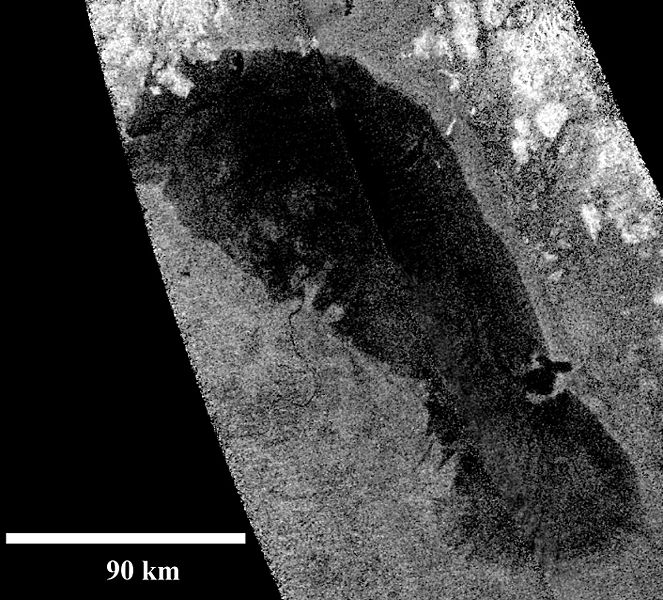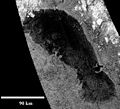Fichier:Cassini-OntarioLacus-RADAR.jpg
Aller à la navigation
Aller à la recherche


Taille de cet aperçu : 663 × 600 pixels. Autres résolutions : 265 × 240 pixels | 531 × 480 pixels | 849 × 768 pixels | 1 132 × 1 024 pixels | 1 411 × 1 276 pixels.
Fichier d’origine (1 411 × 1 276 pixels, taille du fichier : 329 kio, type MIME : image/jpeg)
Historique du fichier
Cliquer sur une date et heure pour voir le fichier tel qu'il était à ce moment-là.
| Date et heure | Vignette | Dimensions | Utilisateur | Commentaire | |
|---|---|---|---|---|---|
| Actuel | 22 juillet 2010 à 20:08 |  | 1 411 × 1 276 (329 kio) | wikimediacommons>36ophiuchi~commonswiki | {{Information |Description={{en|1= This RADAR-image of Ontario Lacus, the largest lake on the southern hemisphere of Saturn's moon Titan, was obtained by NASA's Cassini spacecraft on Jan. 12, 2010. North is up in this image. Objects appear bright |
Utilisation du fichier
La page suivante utilise ce fichier :

